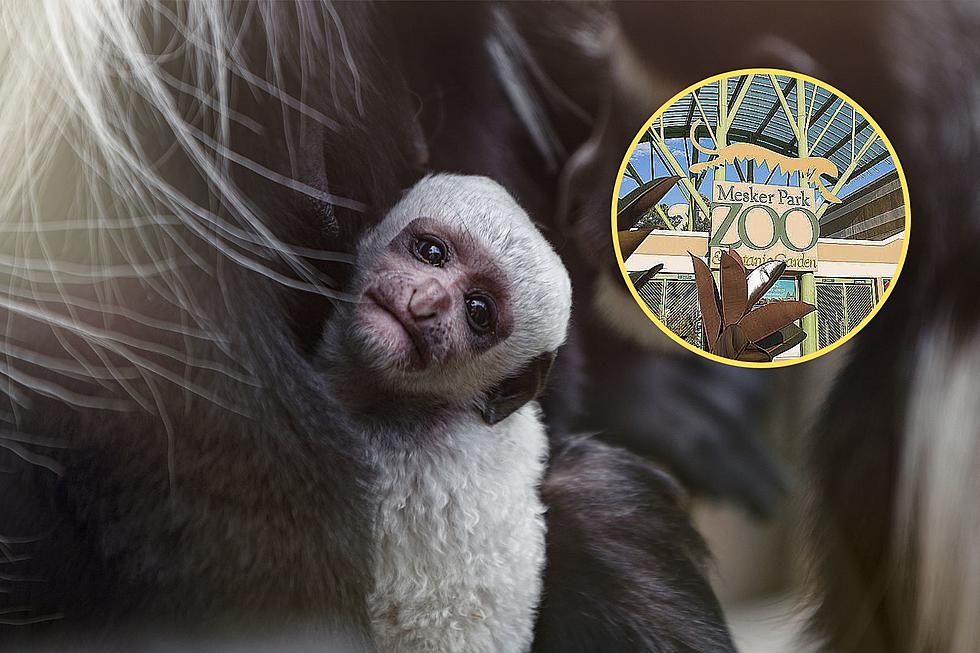
Indiana Zoo Announces Names of New Baby Colobus Monkeys
Mesker Park Zoo has been more like a maternity ward this year with a few of the animals welcoming new additions to the zoo family. That includes two female Colobus monkeys who each gave birth to new infants in November that didn't have names until now.
2023 - The Year of New Babies at Mesker Park Zoo
The baby Colobus' are the third and fourth babies to be born at Mesker Park Zoo this year. Back in April, one of the penguins in the Penguins of Patagonia exhibit gave birth to a male chick named Louie after the Zoo held an online poll allowing residents to pick its name. That new addition was followed a month later with the birth of a new Howler Monkey in the Amazonia exhibit.

Like the new additions to the penguin and howler monkey families, officials with the zoo were unable to determine the genders of the new Colobus babies right away. That time has passed and we now know one is female and the other is male.
The Zoo made the announcement, along with the names for each, in a post on its Facebook page earlier this week. The male, born to Garnet, has been named Onyx to keep the gemstone-themed name trend going, while the female, born to mother, Kaasidy, has been named Rosemary.
Both the babies and their mothers are doing well, however, seeing them may be difficult right now due to the cooler temperatures. The zoo says the best chance to catch a glimpse of them is when the temperature is above 50 degrees.
You can find the Colobus babies and their mothers in the Children’s Enchanted Forest exhibit.
[Source: Mesker Park Zoo & Botanic Garden on Facebook]
WATCH OUT: These are the deadliest animals in the world
LOOK: Stunning animal photos from around the world
Gallery Credit: Nicole Caldwell
More From WKDQ-FM









